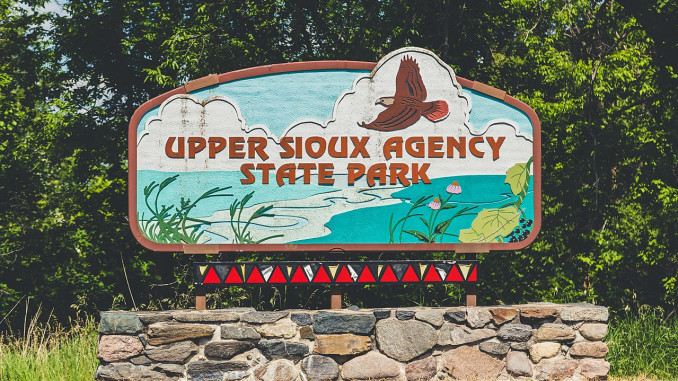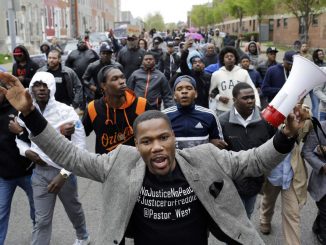
An area of land in Minnesota that was stolen from indigenous Sioux tribes (also known as Dakota) is now being returned to native control, though the process will take years to complete. Upper Sioux Agency State Park was the burial site of Sioux ancestors who died fighting their colonial rulers in a war over the land in 1862. Some of the Sioux who died there were part of the largest mass hanging in U.S. history.
The role that US President Abraham Lincoln played in permitting and encouraging the death and destruction of Dakota lives and land cannot be overlooked. In 1862 Lincoln’s administration was preoccupied with recruiting for the Civil War. However, some Civil War recruits received directions to head to Minnesota to help in the war against the Dakota. And, he commanded that they fight “using whatever force may be necessary.” After the Dakota had surrendered in September, 1862, just under 500 of them were tried, 300 were convicted and sentenced to death and, under Lincoln’s direction, 38 were executed. It was the largest mass hanging in U.S. history.
It is important to note that the Sioux were not tried by an appellate, state, or federal court, but by the President of the United States. They were not convicted for the crime of murder, but for killings committed during warfare.
The egregious offenses against the Sioux did not stop there. When Little Crow, one of the leaders of the Sioux who fought back against the colonizers, was murdered in cold blood, the murderer was awarded a $500 bounty, and Little Crow’s remains were put on display.
One Sioux compared the theft of the land at the hands of the U.S. government to what the response would have been towards the native people if they had chosen to take back the federal land with the same degree of force. Why is the violence of colonizers left unpunished in capitalist society? Colonizers have profited off stolen land for centuries to the detriment of the lives and cultures of native peoples who had lived on that land for centuries before. All native people whose land has been taken from them by colonizers deserve their land back.
Kevin Jensvold, chairman of the Upper Sioux Community today, described the significance of the land to his people, “It’s a place of holocaust. Our people starved to death there.” As others in the tribe have said, it is abhorrent that his people ever had to pay the state a fee to visit the graves of their elders.
This victory for the land back movement, small as it is compared to the history of genocide, has been a long time coming and it would not have been possible without the relentless effort of the tribal community. Jensvold and other native activists have been fighting for control over the land for more than 18 years. As their ancestors in 1862 also understood, Sioux today recognize that justice comes from fighting back against the colonizers, occupiers, and capitalists.




